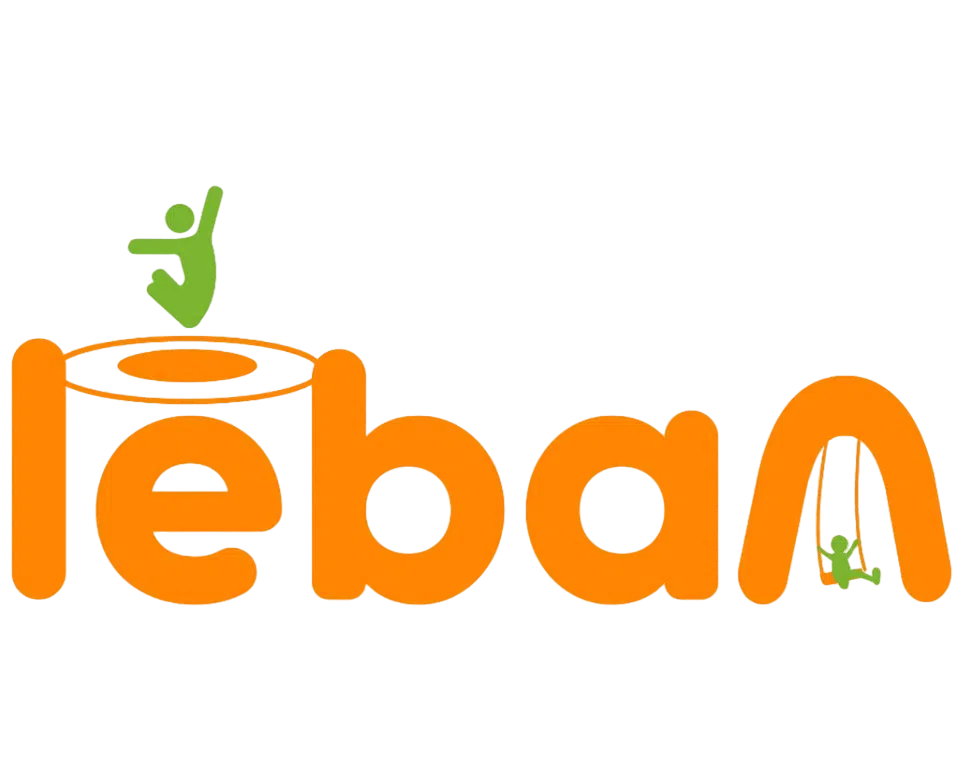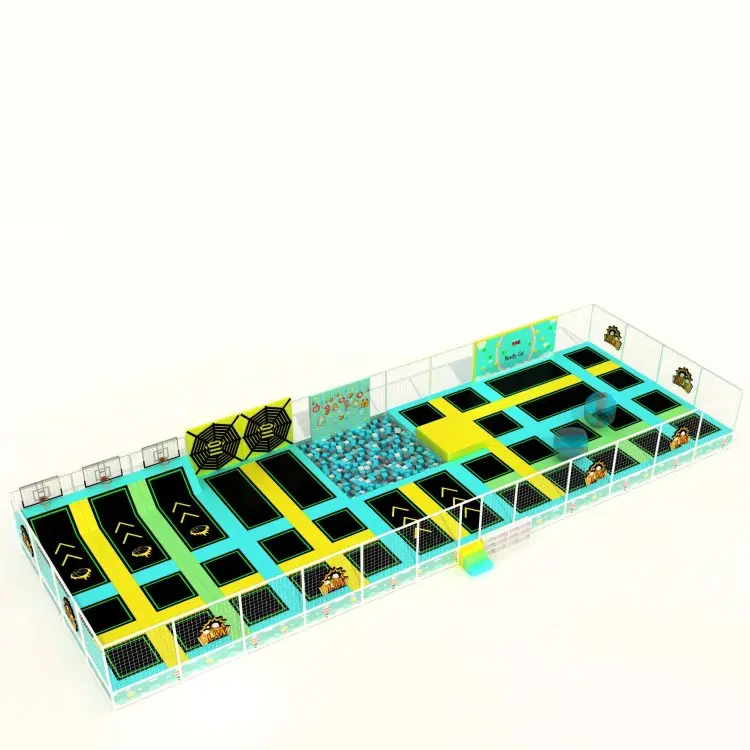Elementos esenciales del diseño moderno de parques infantiles para niños
Crear el diseño perfecto parque de juegos infantiles requiere una cuidadosa consideración de múltiples factores que van más allá de simplemente instalar equipos. Un patio de juegos bien diseñado se convierte en un mundo mágico donde los niños desarrollan habilidades físicas, sociales y funciones cognitivas mientras se divierten en un entorno seguro. Los diseños actuales de patios de juegos deben encontrar el equilibrio perfecto entre entretenimiento, seguridad y beneficios para el desarrollo.
El diseño moderno de áreas de juegos ha evolucionado significativamente desde las estructuras metálicas básicas del pasado. Los enfoques contemporáneos se centran en crear experiencias inmersivas que estimulan la imaginación de los niños, garantizando su seguridad y promoviendo el juego inclusivo. Comprender estos aspectos fundamentales ayuda a crear espacios que cumplan verdaderamente su propósito y brinden alegría a los usuarios más jóvenes.
Consideraciones de seguridad en el diseño de áreas de juegos
Materiales del Suelo y Protección contra Impactos
La base de cualquier diseño de área de juegos infantil comienza con la selección de materiales adecuados para la superficie. Las áreas de juegos modernas utilizan diversos materiales absorbentes de impacto, como triturado de caucho, fibra de madera técnica o superficies de caucho vertido in situ. Estos materiales reducen significativamente el riesgo de lesiones por caídas y proporcionan superficies de juego cómodas para niños de todas las capacidades.
Al seleccionar materiales de superficie, considere factores como la altura de caída requerida, la accesibilidad, las necesidades de mantenimiento y las condiciones climáticas locales. La superficie debe mantener sus propiedades protectoras en todas las condiciones climáticas y proporcionar un drenaje adecuado para evitar la acumulación de agua.
Espaciado y zonas del equipo
El espaciado adecuado entre los equipos de juego es crucial para prevenir accidentes y permitir un movimiento seguro. Crear zonas diferenciadas para distintas actividades ayuda a gestionar el flujo de tráfico y reduce el riesgo de colisiones. Las áreas de juego activo deben separarse de las zonas tranquilas, y los equipos deben contar con zonas de caída suficientes a su alrededor.
La distribución también debe considerar las líneas de visión para los supervisores, asegurando vistas claras de todas las áreas de juego. Esta organización cuidadosa del espacio contribuye a un entorno de juego más seguro, al tiempo que maximiza el área disponible para diversas actividades.

Elementos de diseño según la edad
Especificaciones del área para niños pequeños
Diseñar para niños pequeños requiere una atención especial a la escala y la seguridad. El equipo debe estar más bajo respecto al suelo, con escalones más pequeños y barandillas dimensionadas para manos diminutas. Incorporar elementos sensoriales como paneles de textura, componentes musicales y estructuras de escalada sencillas ayuda a desarrollar habilidades motoras gruesas manteniendo la seguridad.
Las áreas para niños pequeños deben contar con bordes redondeados, barreras seguras y equipos que fomenten el desarrollo físico básico. Incluir asientos para padres cercanos permite una supervisión adecuada mientras se promueve la independencia.
Características para Niños en Edad Escolar
Los niños mayores necesitan equipos más desafiantes que apoyen sus capacidades físicas avanzadas y sus necesidades de interacción social. Incluya estructuras de escalada variadas, retos de equilibrio y equipos que promuevan la fuerza de la parte superior del cuerpo. Múltiples plataformas y elementos de conexión crean oportunidades para el juego imaginativo y la interacción social.
Los elementos de diseño deben fomentar la resolución de problemas y la evaluación de riesgos, manteniendo al mismo tiempo las normas de seguridad. Incluya áreas para juego activo y reuniones sociales, ya que los niños en edad escolar suelen disfrutar tanto de actividades físicas como de interacción social.
Principios de Diseño Inclusivo
Características de accesibilidad
El diseño moderno de áreas de juegos infantiles debe priorizar la accesibilidad para niños con distintas capacidades. Esto incluye rutas accesibles para sillas de ruedas, plataformas de transferencia para acceder a los equipos y elementos de juego sensorial que atiendan diversas necesidades de desarrollo. Rampas y senderos amplios deben conectar diferentes zonas de juego, garantizando que todos los niños puedan desplazarse por el espacio de forma independiente.
Considere incorporar equipos que puedan ser utilizados simultáneamente por niños con diferentes capacidades, promoviendo el juego inclusivo y la interacción social. Las actividades a nivel del suelo y los componentes elevados deben estar equilibrados para ofrecer oportunidades de juego iguales.
Elementos de Integración Sensorial
Incorpore diversas experiencias sensoriales a través de diferentes texturas, colores, sonidos y movimientos. Elementos musicales, paneles táctiles y características de estimulación visual estimulan los sentidos de los niños y apoyan su desarrollo. Estos elementos son particularmente beneficiosos para niños con diferencias en el procesamiento sensorial.
Diseñe espacios tranquilos o rincones acogedores donde los niños puedan retirarse cuando se sientan abrumados, ofreciendo oportunidades tanto de estimulación como de calma dentro del entorno del área de juegos.
Diseño Ambiental y Sostenible
Elementos de Juego Naturales
Incorporar elementos naturales en el diseño de áreas de juego infantiles crea un espacio más atractivo y consciente del medio ambiente. Utilice materiales naturales como troncos, rocas y plantas para crear oportunidades de escalada y zonas de exploración. Estos elementos ofrecen texturas y experiencias únicas mientras conectan a los niños con la naturaleza.
Considere incluir jardines, elementos acuáticos y árboles de sombra que no solo mejoren el atractivo estético del área de juegos, sino que también creen oportunidades de aprendizaje sobre la naturaleza y la responsabilidad ambiental.
Materiales y Prácticas Sostenibles
Elija materiales respetuosos con el medio ambiente que sean duraderos y requieran un mantenimiento mínimo. Los materiales reciclados, los productos de madera sostenible y las soluciones de iluminación eficientes en energía contribuyen a un diseño de área de juegos más ecológico. Considere el impacto ambiental a largo plazo de los materiales y su disposición al planificar el área de juegos.
Implemente características para la conservación del agua y soluciones naturales de drenaje para gestionar la escorrentía de aguas pluviales. Estas prácticas sostenibles no solo benefician al medio ambiente, sino que también ofrecen oportunidades educativas para los niños sobre la responsabilidad ambiental.
Preguntas Frecuentes
¿Cuál es el tamaño recomendado para un área de juegos infantil?
El tamaño ideal depende de factores como el número de niños que usan el espacio, los grupos de edad atendidos y el terreno disponible. Por lo general, se recomienda un mínimo de 1.200 pies cuadrados para un área de juegos básica, considerando entre 75 y 100 pies cuadrados por niño como una buena métrica de planificación. Recuerde incluir zonas de seguridad alrededor del equipo y espacio para circulación.
¿Con qué frecuencia se debe inspeccionar el equipo de juego?
Las inspecciones regulares son fundamentales para mantener la seguridad en las áreas de juego. Las inspecciones visuales diarias deben verificar la presencia de peligros evidentes, mientras que inspecciones detalladas realizadas por personal calificado deben realizarse mensualmente. Además, se deben llevar a cabo auditorías integrales de seguridad anualmente para evaluar el estado del equipo, la integridad del pavimento y la seguridad general del área de juegos.
¿Qué características de protección contra el clima se deben incluir en el diseño del área de juegos?
Las características esenciales de protección contra el clima incluyen estructuras de sombra adecuadas sobre las áreas de juego y asientos, sistemas de drenaje apropiados para prevenir la acumulación de agua y materiales que resistan la degradación por condiciones climáticas. Considere los patrones estacionales del sol al posicionar los equipos y las estructuras de sombra, y asegúrese de que las superficies permanezcan seguras en diversas condiciones climáticas.

